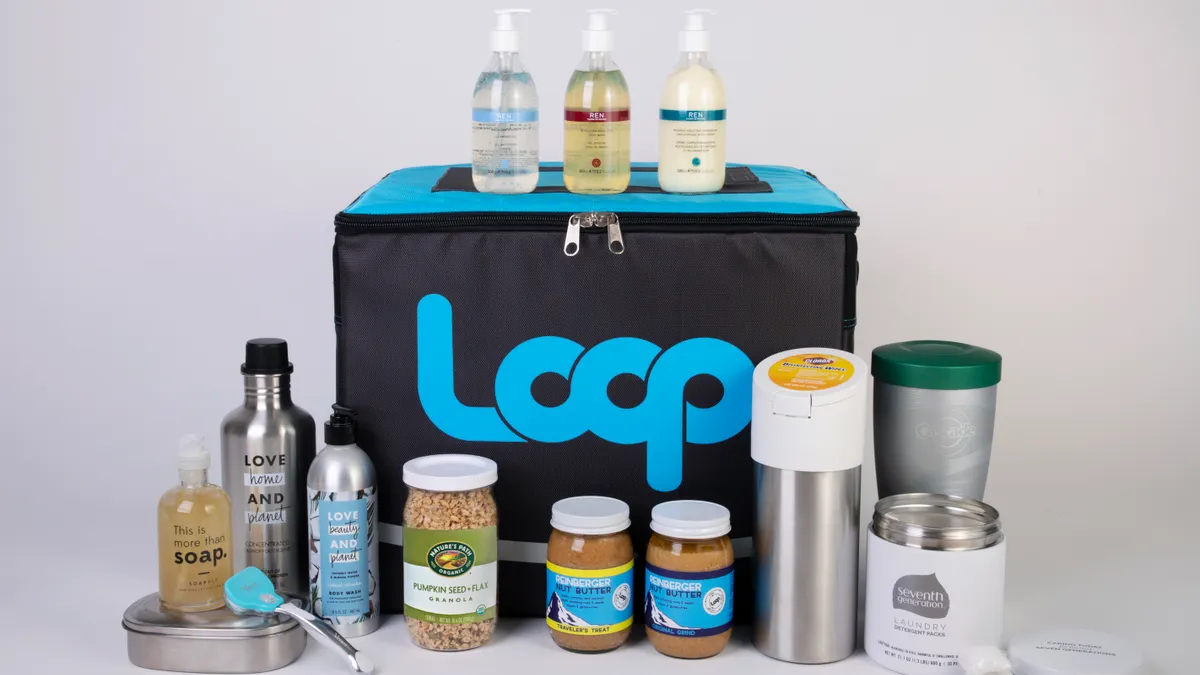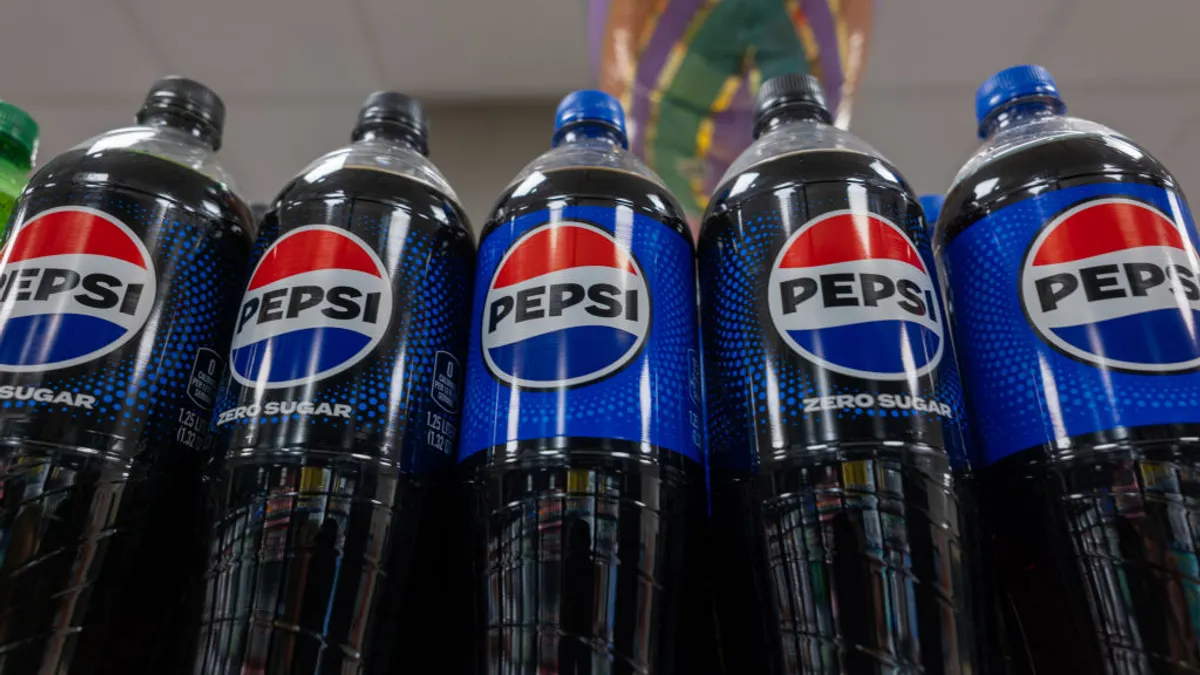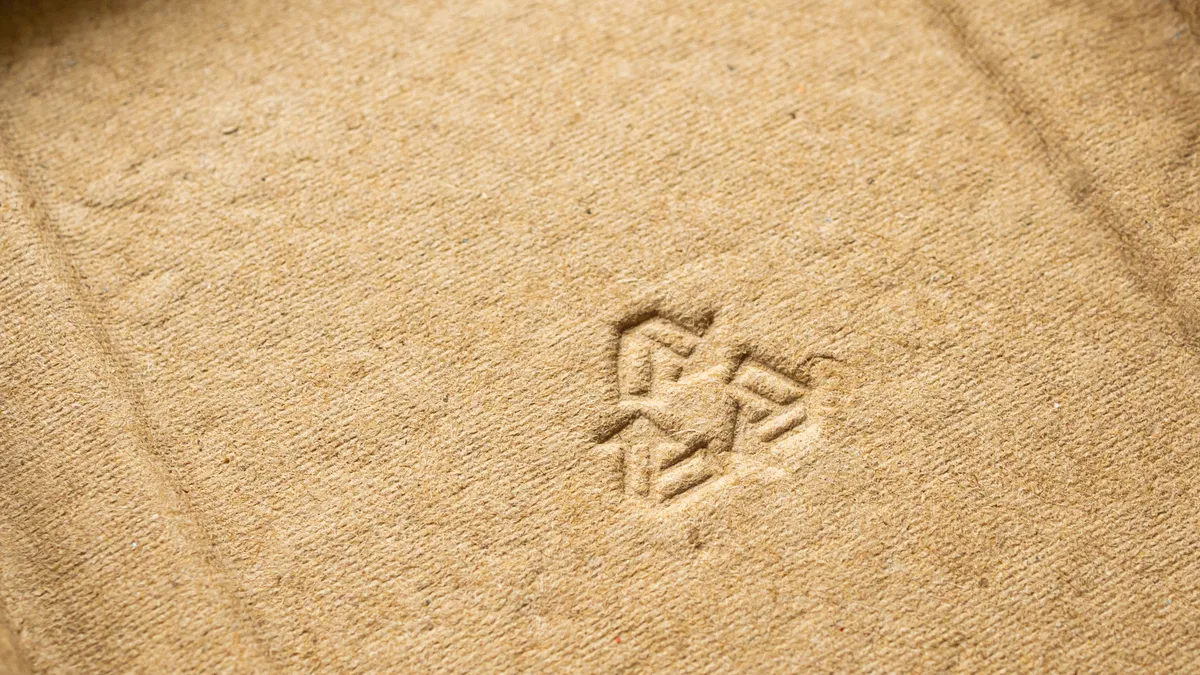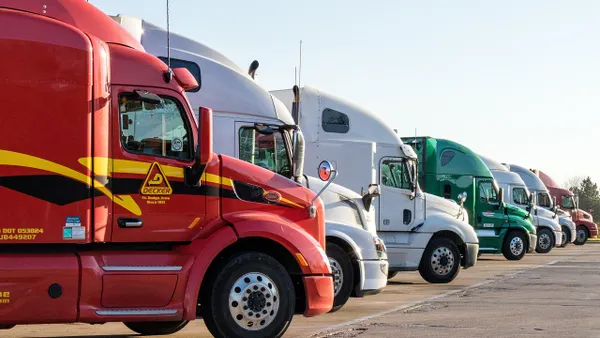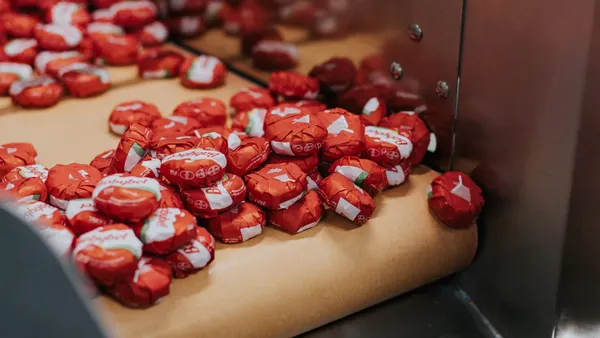Dive Brief:
- Loop, TerraCycle’s reusable packaging program, ended 2022 with about 150 active retail locations worldwide. This includes about three dozen U.S. locations, with grocery pilots at Fred Meyer in Oregon and Giant Food in Washington, D.C., and home delivery for Walmart customers in Arkansas.
- Loop launched in 2019 as a standalone e-commerce platform to manage reusable container distribution and collection, but that concept largely is being phased out as the retail program gains traction. Going forward, Loop’s e-commerce presence will be integrated with partners, such as Walmart’s home delivery website, according to the company.
- Loop plans for further growth in 2023, with announced expansions coming in France and Japan. It will also work with U.S. retail partners to build the reuse ecosystem and increase product distribution, although concrete plans haven’t yet been made public, according to Clem Schmid, general manager at Loop Global.
Dive Insight:
Loop has become one of the most high-profile reuse initiatives occurring domestically. As it marks its four-year anniversary this month, the program is evolving toward a new phase that emphasizes retail pilot participation.
“We’ve moved to the next stage, which is how we integrate into the real world of selling products in which the retailer takes back the ownership of distributing the products,” Schmid said.
The Ellen MacArthur Foundation’s Global Commitment 2022 progress report states that shifting away from single-use packaging and toward reusable packaging is critical because “we cannot recycle our way out of the plastic issues we currently face.” Signatories to the group’s global commitment strive for 100% reusable, recyclable or compostable plastic packaging by 2025.
The report notes that 2021 brought the first quantitative reuse targets from a few major brands, such as Coca-Cola, but progress on reuse is still lacking. In fact, the already low share of reusable packaging slightly decreased for two consecutive years — falling from 1.5% in 2019, to 1.3% in 2020 and 1.2% in 2021. The report recommends that every brand and retailer develop and implement an action plan for reuse.
Loop contends that its program is moving the needle on reuse across the world.
“Having a system that actually works globally across all of the markets, and with all of the reverse supply chain that was non-existent four years ago, is by far the biggest achievement that we've been able to deliver,” Schmid said.
Part of how Loop measures its success is not just the number of stores distributing and collecting reusable containers, but also how many consumers make return trips to a store to drop off reusable items. Across all markets, about two-thirds of participating consumers return containers two or more times, Schmid said.
Some of the most commonly reused containers in the U.S. are for Gerber baby food, Clorox wipes, Cascade soap and Pantene hair products, she said. Most of the new reusable packaging replaces single-use plastic containers, although Gerber already had glass containers in circulation.
Schmid notes that “there’s clearly a trend on regulation” to encourage more reusable packaging, especially in Europe. The European Commission proposed rules late last year to ban certain single-use packaging and require that all packaging be designed to maximize reuse. Some to-go products, like coffee, would be served in reusable containers. “It’s the very first time that the EU Commission targeted reuse specifically,” Schmid said.
The overall goal of the proposed legislation is to reduce packaging waste by 15% by 2040, compared with 2018 levels. The EU says without these rules packaging waste would increase 19% by 2030. The European Parliament still has to vote on the measure.
Individual countries also are advancing reuse legislation. For example, a law in France that took effect Jan. 1 bans fast-food restaurants from using disposable containers and tableware for on-site dining.
The U.S. generally lags other countries on this type of legislation. But in December, Democratic lawmakers in Congress introduced the Protecting Communities from Plastics Act, which would set a reuse and refill program target of 30% by 2032.


